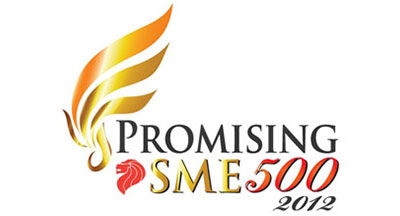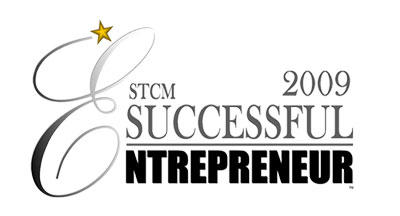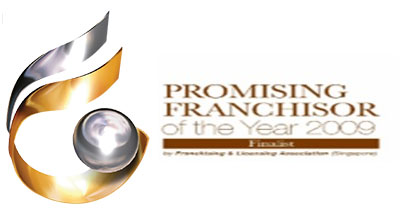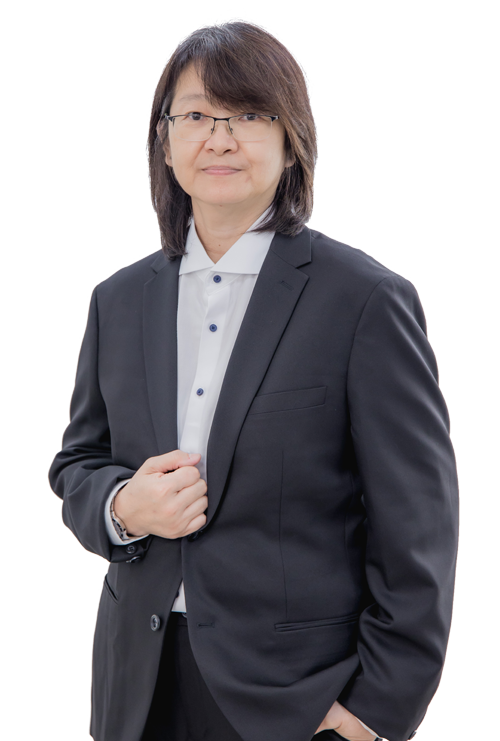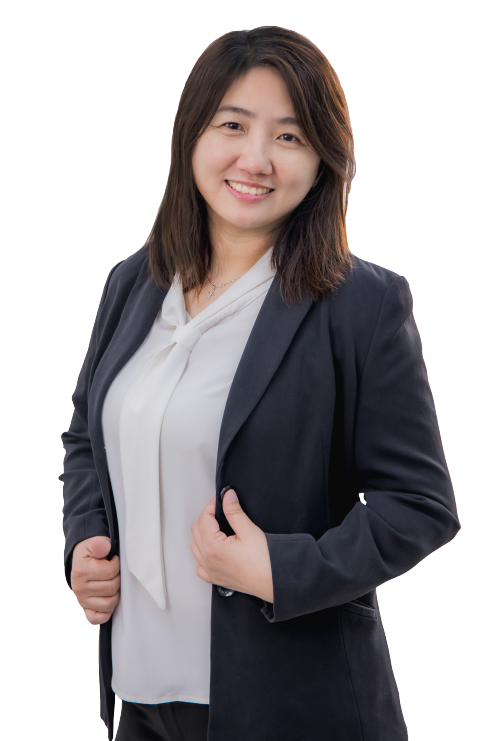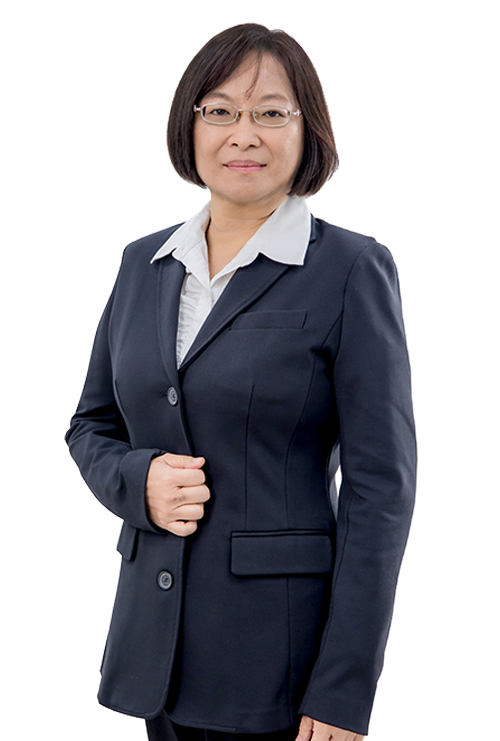FAQAnswer all of your questions
1. How is CMA Programme taught?
The most effective strategies for learning abacus mental arithmetic are incorporated into every session in a fun and engaging way by means of multimedia teaching. Using memory games, lots of hands-on activities, songs, individual and group challenges, and supplementary on-line practices, young children and even adults will gradually be able to perform speedy mental calculations.
2. What are the advantages of learning CMA abacus mental arithmetic?
Learning CMA abacus mental arithmetic can:
- improve the accuracy and speed of computing skill or logical reasoning
- build stronger memory power
- promote longer concentration span
- enhance imaging skills or photographic memory
- create higher learning capability and self-esteem
- increase the level and speed of understanding (comprehension)
- have better sense of observation and visualisation power
- sharpen sound judgement and hearing skill
- reduce stress and enjoy fun learning
3. What is the difference between the twice-a-week programme and once-a-week programme?
The content of the abacus mental arithmetic curriculum that needs to be mastered is the same for twice-a-week programme and once-a-week programme. However, students who attend the twice-a-week programme will progress faster as they gain more guidance from the trainers and their brains become more stimulated.
4. Why is mental arithmetic important?
Arithmetic is remarkably important for helping young children build up a solid academic foundation. Teachers who work with young children know that it is not easy to introduce the concept of numbers and their values. It is a long learning process for young children to comprehend the concepts of mathematics when presented only in the abstract form. By abstract it means using nothing but brain power to solve problems. It is difficult for children to comprehend numeric relationships without using a concrete object such as the abacus beads to relate numeric values.
Learning how to compute numbers mentally is equally important as it will effectively tap the unexploited parts of the brain and therefore promote the overall intelligence. The practice of mental arithmetic will sharpen the imaginative and memory power. According to a scientific research, a child who lacks good mental formation can experience a sharp decline in mental abilities even as early as the age of 20. On the other hand, a child who receives this formation by the age of 12 will continue to remain brilliant even up to the age of 70.
5. How does learning mental arithmetic help in school mathematics?
For a child to do well in mathematics, he needs to develop his abilities in calculation. Learning abacus-mental arithmetic can quickly enhance his competency in calculation. Professor Huang Guo Rong from the National ChangHua University of Education in Taiwan studied the effects of abacus-mental arithmetic education on children’s academic performance in areas of mathematical abilities and comprehensibility, and reported the startling discoveries:
- Children who have undergone mental arithmetic classes achieved far better results than other students (who have not taken part in such training) in the following areas: comprehension, mathematical abilities (including recognising and understanding mathematical concepts, calculating abilities, and mathematical problem solving skills), mathematical performance, and IQ tests.
- Students who have had one to two years of training in mental arithmetic are found to possess a better grasp of mathematical concepts, calculations, and are more efficient in solving mathematical problems than those who have less than one year’s training. Students with more than two year’s training showed even better results. Thus this indicates that the longer a child is exposed to such training, the better his mathematical abilities.
6. Why must one learn abacus while calculators and computers are available for computing numbers in the world today?
Although calculators and computers have replaced human brain in computing numbers, learning abacus is a must for every child because it is instrumental in developing whole brain and lifetime skills. Using abacus requires co-ordination of the main nerves of the human body, such as sight, sound, and finger movement which will induce the growth of brain cells.
The mind undergoes three main stages of development, namely physical contact, logical explanation, and visualization, throughout the process and the abacus acts as a medium that connects the three stages.
More than 80% of the world’s population is right-handed and right-handed people normally have more developed left brain and less developed right brain. The creativity side of the right brain is more than a thousand times that of the left brain. Learning abacus will stimulate the development of the right brain at an early age.
7. What is the difference in abacus teaching between then and now?
Conventional abacus lessons used only single-hand teaching. As a result, only the left hemisphere of the brain is stimulated and right half of the brain is ignored. Also, most conventional abacus lessons used 2/5 abacus (i.e. 2 beads on top and 5 beads at the bottom) while CMA uses 1/4 abacus (1 bead on top and 4 beads at the bottom) in the training process.
8. As parents, we are not trained or have no knowledge of the abacus. How do we teach or guide our children at home?
There are four ways in which we assist parents:
- Regular seminars organised by our centres help guide parents in assisting their children in their learning. These talks will include techniques of beads stirring and calculating involving the four operations of numbers.
- Take home VCD. At the end of each lesson, your child will bring home a VCD for him/her to review and revise the lesson taught in class. You are encouraged to watch it with your child.
- Online VCD. Attending CMA students will be given a password to access the online VCD tutorial.
- Teachers. Communication between parents and teachers is important. Teacher will highlight the child’s weaknesses and provide guidance for parents to teach him/her at home.
9. What is the duration of one lesson?
1 hour for Kindy Programme. 1 1/2 hours for Kinder and Primary Programmes.
1.What will my child learn from the programme?
During the programme, students will learn:
- Proper technique of clearing and stirring beads on the abacus using two hands simultaneously.
- Effective speedy calculation techniques which involve the four operations of numerals (addition, subtraction, multiplication, and division).
2. What is the best time for a child to start learning?
The best period to start our course is when a child starts writing numbers (from 0 to 9). Children from late kindergarten to primary one or two have the best learning and absorbing brain power (with reference to the stages of development of the brain). This is the best time for nurturing the brain’s abilities and a critical stage at which a child can start to grasp mathematical concepts. The stages of development of the brain is as follow:
- 3 years old: The brain has expected 60% growth, therefore a child has the strongest absorbing power.
- 3 to 6 years old: The brain has grown a further 20%. The learning and absorbing power is not as strong as in a 3-year-old. However, the child will obtain astonishing results if he is provided with more foundation.
- 6 to 8 years old: The brain has grown a further 10%. The child must put in tremendous effort if he starts learning at this age.
- After 8 years: If a child starts learning at this age, it is rather difficult for the child to achieve good results. He has to work harder with more discipline.
Mental arithmetic provides the fundamental training in mathematical and calculation concepts. It is also at this stage when the child’s school work is lighter that parents should seize the opportunity to encourage the child to attend this programme. This will in turn build a stronger foundation for their future education endeavours.
3. Is it too late for a ten-year-old child to pick up abacus mental arithmetic?
No, it is never too late.
4. How can CMA help to increase a child's intelligence?
CMA is designed to improve not only a child’s calculating ability and his/her understanding of arithmetic, but also to increase the memory power and creativity, the concentration level and the listening skill, as well as the ability to analyse problems. On top of loving math for lifelong success, our ultimate goal is to build the child’s confidence level in their schoolwork and life.
By stimulating both the left and the right sides of the brain during the training process, experts believe that abacus and image abacus training is the key to optimal learning capability.
5. Will it pose as a challenge to learn abacus if my child is left-handed?
The uniqueness of this two-hand four-finger abacus system will train the student to be able to stir the abacus beads using fingers with dexterity. Being left-handed means the child will need a little practice to be able to stir the beads on the abacus using the right hand skillfully. After perfecting the technique of using the right hand to stir the beads, he will then combine both the left and right hands to stir the beads when calculating questions involving formula.
6. Can my child enrol and join an existing class in the middle of a term? Will my child be able to follow the on-going lesson?
Yes, your child is able to join an existing class in the middle of a term. CMA provides a unique learning environment where individual student learns at his/her own pace with personalised teaching using carefully-designed teaching materials catering to his/her needs and progress.
Yes, your child will be able to follow the lesson. You will see an interesting phenomenon in CMA as students of different ages with different level of skills embark on the course in the same classroom using different learning materials pitched at individual progress.
1. Are all the teachers trained to teach?
All our teachers at CMA are certified by CMA Taiwan.
2. What is the language medium that the teacher(s) uses to teach in?
Most of the teachers speak English when teaching and conversing with the children.
Awards


